In this guide I give lots of tips for any future travelers of Japan and I also lay out some BABYMETAL locations to visit. This guide should be useful to both first time travelers, as well as experience travelers who may discover something new.
The information here comes from my personal experiences, as well as tips from the community. Images are all my own.
The indispensable website you need is to use is the Japan Guide website. It is very well done, and that is where you can find what to do in each city, and answers to other questions you may have.
Table of Contents
Flights
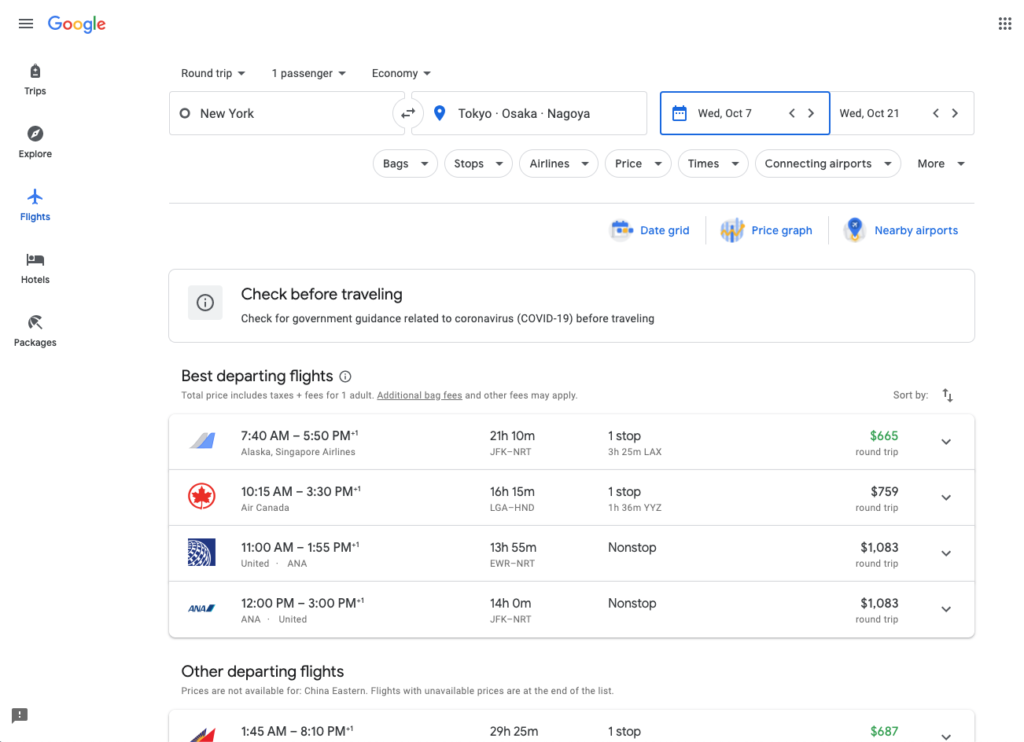
You can use systems such as Google Flights to check several airlines at once. It also lets you set up alerts to tell you when the price goes up, or down. Also check airlines that operate from your city (especially you live in a hub for an airline). Even check if they don’t have international flights from there, or to Japan, as they may have very cheap connecting flights.
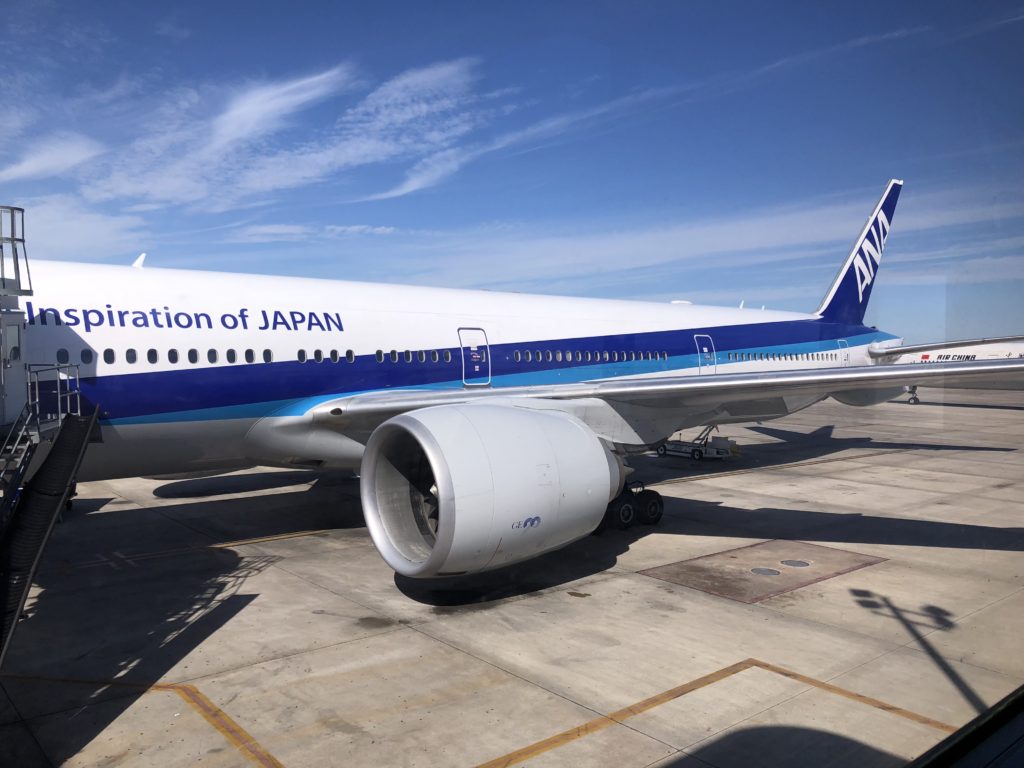
To note: Times it’s most expensive to travel to Japan: Christmas/New Year’s, Cherry Blossom (Sakura) season (March-April), Golden week (end of April/start of May), and Summer.
Stay alert for price drops, as they happen frequently (I have seen $500~ USD tickets from the US multiple times a year).
As for where to land, for most people there are 3 main options:
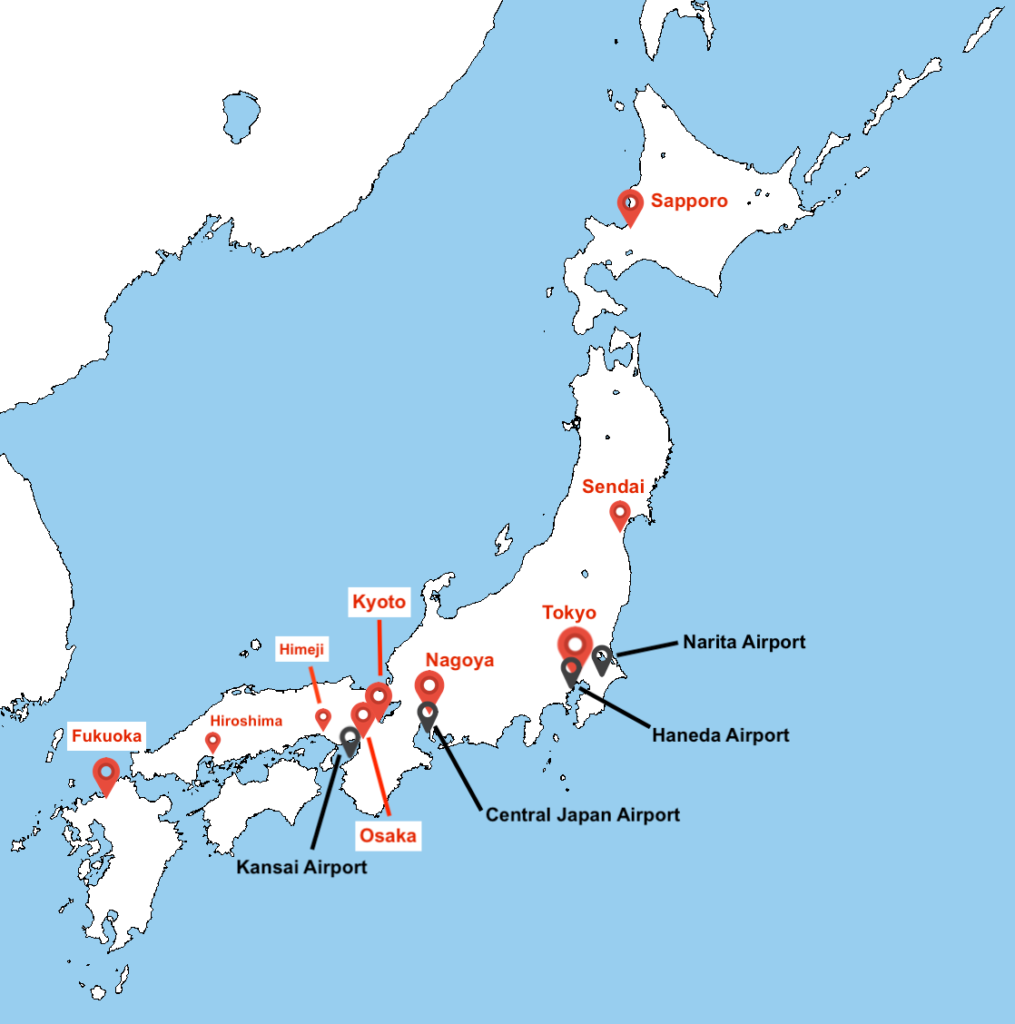
- Narita. Tokyo’s main International airport, about an hour away from downtown. The one with the most international flights, and generally cheaper.
- Haneda. Tokyo’s main Domestic airport (though does have international flights), minutes away from downtown. Better for getting into the city or taking a connecting flight in Japan than Narita, but less available flights, and generally more expensive.
- KIX. The main airport for the Kansai region, around 40 minutes to downtown Osaka. A better option than the other 2 if you plan to explore this region of Japan, or south/west of it.
- An option for a few cities is Nagoya’s Central Japan Airport. Good if you need to go to Nagoya/Aichi prefecture (also well placed as it’s between Kansai and Tokyo).
Accommodation
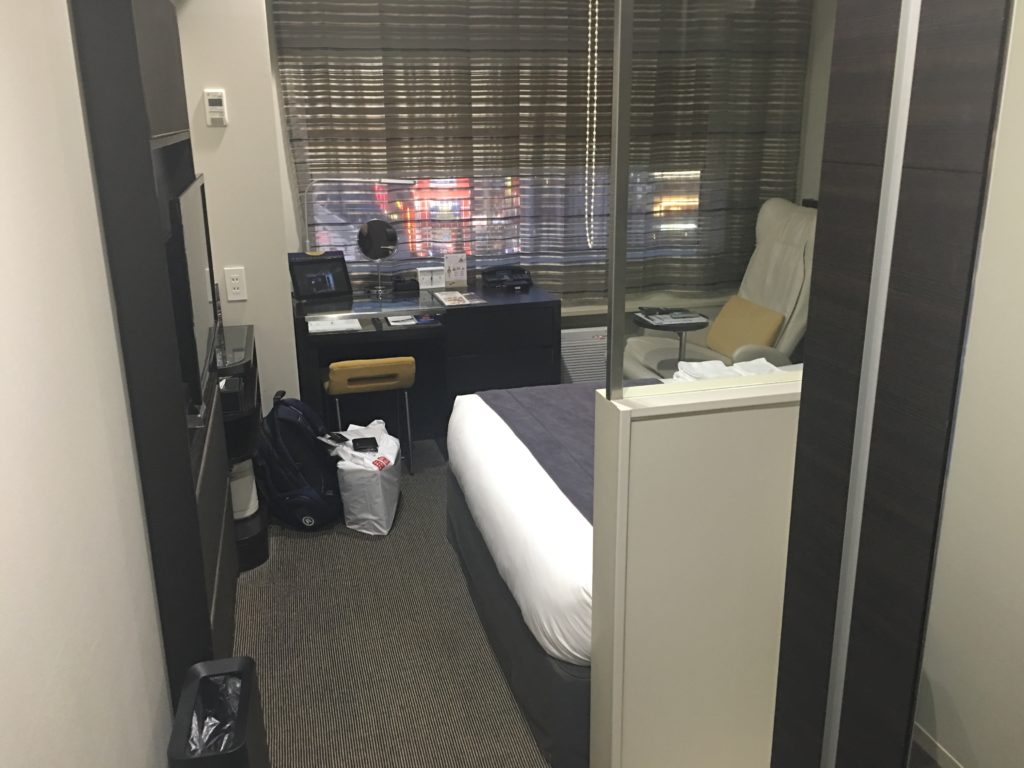
Japan has several options for accommodations: Hotels, Airbnb, Ryokan, Capsule, etc.
If you haven’t tried Airbnb yet, Japan may be a good place to try it. Prices are very competitive, the country is safe, and it may be a good chance to see what a Japanese home is like. Sadly, Japan enacted a new “Minpaku” law in June 2018, this means there are fewer Airbnb options, but still have a look.
At least in my case, I only go to my accommodation to sleep, so the #1 thing is that it be close to a station (preferably one with multiple lines). For example, in the Kansai region, I generally stay near Osaka/Umeda station or Shin-Osaka station, as I have easy access not just to the rest of Osaka, but also to all the other nearby cities to do day trips to (Kyoto, Kobe, Nara, Himeji, etc.). It might cost a bit more, but I save in travel costs and time.
Transportation
IC Card
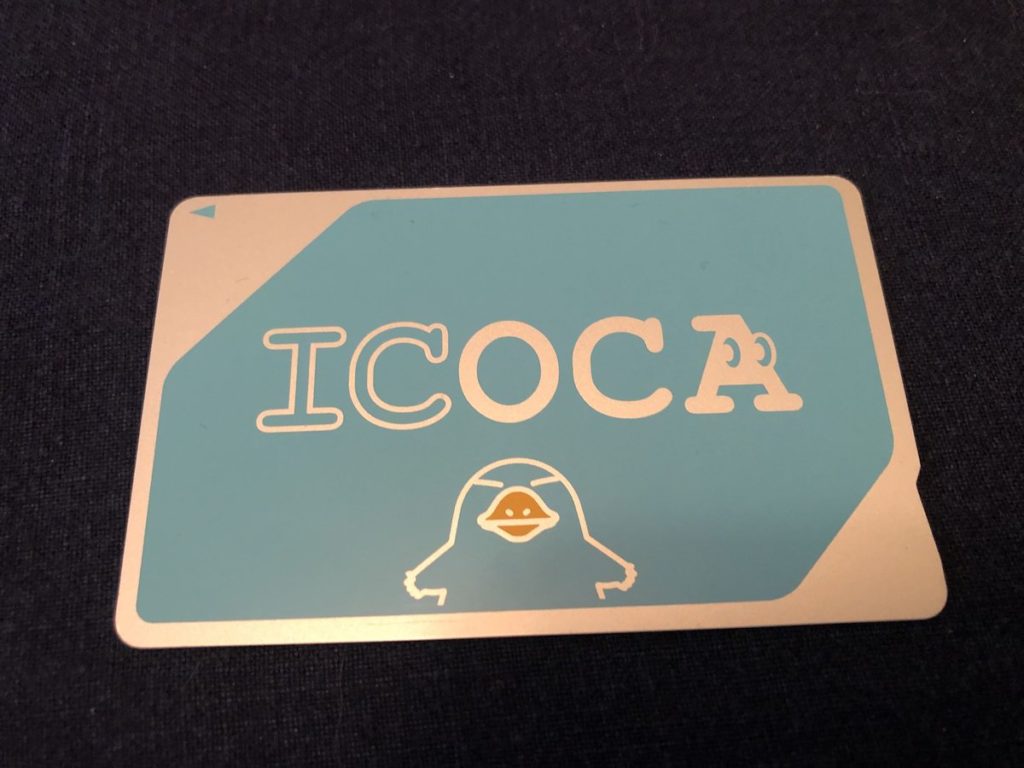
They are used for public transportation mostly, but also serve to buy things from vending machines and convenience stores (and more). It helps to mitigate the amount of coins you will have to haul around (but always have cash on you). The main difference between the different named cards is where they are sold (almost all of them work in major cities). The most common ones people buy are the Suica or Pasmo, which are sold in the Tokyo area, and the Icoca, sold in the Kansai area (Kyoto/Osaka). Icoca is more accepted in smaller towns (or specific types of transportation), so if you can get it, that one is better. You can get them at any machine that sells tickets in a station (english is available). Also remember to keep them sufficiently charged.
The initial cost to get a card is 2000 yen (500 for the card, 1500 charge). You can get your any remaining charge back at the end of your trip if you like. They do last 10 years, in case you think you will return, keeping it might make it easier for your next time around (they are also cool souvenirs).
Local/Regional Passes
In general, the more time you stay in the same city/region, the better the savings, but sometimes even day passes are worth it.
For example, in Tokyo, it might help some people to get the Tokyo Metro Pass. It includes all the subways for 24, 48, or 72 hours for ¥800, ¥1200, and ¥1500, respectively. Given that even a single stop is at least ¥200, you can easily save money.
Regional passes, such as the Kansai JR Pass (Osaka, Kyoto, Nara, etc.) can be great if you plan to stay long in an area and will not get the National JR Pass.
Buses
Generally the cheapest option for long-distance transportation, but also the slowest. To make the most out of your time there, try and check night buses, as you lose less “valuable” day time, and also save on booking a hotel. More info.
Shinkansen (Bullet Train)
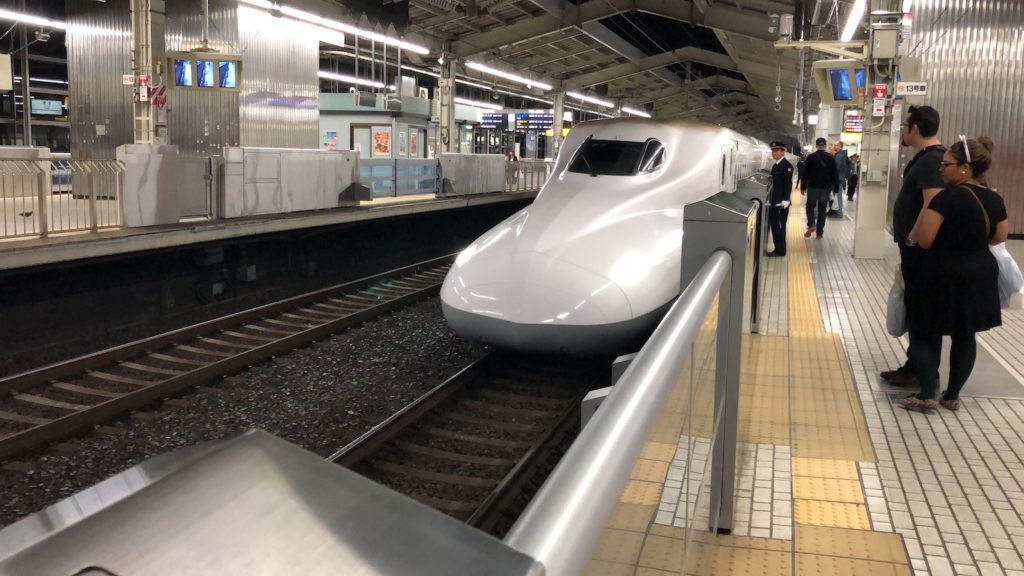
By far the quickest and most convenient way of traveling medium to long distances in Japan, however they tend to be the most expensive option (a JR Pass could help with this, depending on how much you plan to travel, see below).
Contrary to what most believe, a shinkansen trip could be faster (and possibly cheaper) than a flight once you include travel to and from the airport and the wait. But on trips that are very long (pretty much anywhere to Sapporo, for example), flights are a much better option.
You can buy a ticket once you get to the station, reserve one before, or even use your IC Card (if you have enough funds) and simply hop on a non-reserved car.
Note: A new rule for oversized luggage will come into effect in May 2020 along the Tokaido/Sanyo/Kyushu Shinkansen (all the ones West/South of Tokyo), this does not affect the other lines to the North [See map]. Passengers with luggage pieces whose height, width and depth add up to more than 160cm, will be required to make a seat reservation in the last row of seats. It will not be possible to bring oversized luggage into non-reserved cars.
Passengers without a reservation for their oversized luggage will be asked to move their luggage to a space specified by the train conductor and pay a 1000 yen surcharge which is not covered by the Japan Rail Pass. It will be possible to make reservations in advance at ticket offices or through the smartEX app.
Japan Rail Pass (JR Pass)
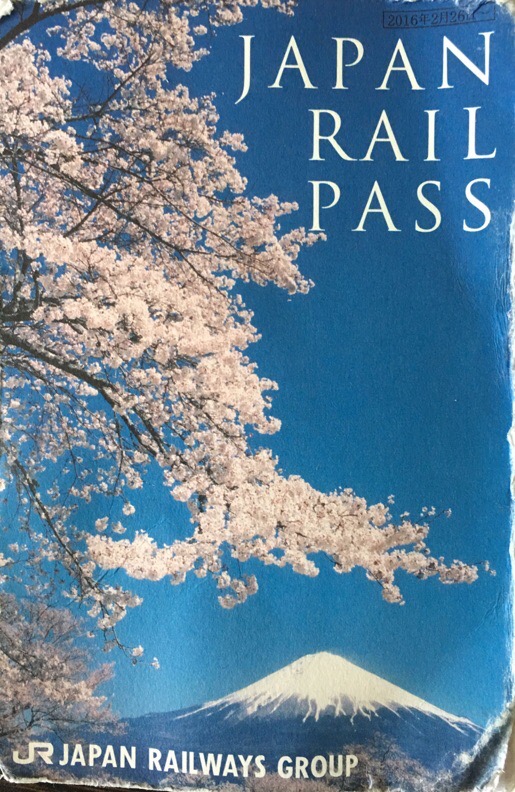
If you want to see more than 1 city, and/or are staying for a long period, a Japan Rail Pass may be a great investment. This pass lets you use basically any rail operated by Japan Railways Group (most railways). No subways are included, but yes to many local trains, and more importantly: the Shinkansen (bullet train). This is where there are huge savings as they cost a ton. Example: an average Shinkansen ride (lets say, Tokyo to Osaka) is around $130 US dollars one-way, meanwhile a 1-week national JR Pass starts at $265~ US dollars, it basically pays itself with that trip alone. (JR Pass calculator)
The 2 express shinkansen are not included (Nozomi and Mizuho). But it does include many buses, and things like the Miyajima Island ferry, the Narita express (best transportation to Tokyo from Narita Airport and back), the JR Rapid airport service (best transportation from Osaka to KIX airport and back), and the JR Haruka Ltd. (best transportation to Kyoto from KIX airport, and back).
You can reserve spots on the shinkansen (and other trains). Some (like the Narita Express) are mandatory. There is (in general) not a real need to reserve on most shinkansen, unless you are planning to travel on a holiday weekend (then I would absolutely get a reservation beforehand). You cannot make reservations outside Japan though, they must be made in the country. If you do it a few days before, that’s enough.
There are different types and costs of JR Passes. The most common is the national one, but they are also sold by region, at a lower cost. They are sold in 7, 14, and 21 day periods. And there are 2 options, Standard, or Green. Green lets you go in the green cars on Shinkansen (essentially, business class).
Although they are making “tests” now to sell it inside Japan, it still costs more, so its better to buy it when you are still in your country, and give time for them to deliver. However do not buy it 3 months before you will use it. Once you arrive in Japan, you can exchange it in the appropriate location in the airport/train station.
Taxis
Leave taxi’s for emergency cases, or if you are out after the trains stop. They are incredibly expensive, and in most cases, there is public transportation.
Other Tips
- Taikubin: Baggage delivery services. The benefit, really, is if you are moving between cities. This depends on how you move, but I had a large bag, and Japanese trains aren’t really made to take luggage (Shinkansen do have space, though). When I moved from city to city, I simply asked in the hotel lobby (or konbini) about the Takuhaibin service. They can send your bag to your destination (hotel/konbini/airport) in under 24 hours for very little (like $10-15 dollars), and that gave me the liberty to move around the day as I pleased. Just remember to carry essentials in your backpack (including next day’s clothes).
- Be sure to avoid (if possible) the rush hours, especially in large cities such as Tokyo. The morning rush hour peak is between 8AM and 9AM, and the evening one around 5PM. Note that the morning one is more concentrated.
- Trains stop running around midnight, so please check when the last/first trains/buses run, before getting stranded. Taxis are NOT cheap.
Money
- Cash is king in Japan. Always have cash on you, and lots of it, as many many places don’t accept credit cards, even in some very expensive restaurants, so be prepared. If you are running low, 7/11’s have ATM’s that accept international credit cards.
- In most cases, Japanese prices are as listed (tax is included).
- Inform your bank that you are traveling abroad, so you don’t get any surprises when using your credit card.
- Exchange rates at the airports in Japan aren’t as bad as in most countries, take a look when you arrive.
- An IC Card (read above) is a great tool not just to pay for your public transportation, but also at convenience stores, vending machines, and even some restaurants. It really helps to mitigate the amount of coins you will have to carry.
Apps
Hyperdia, and Google Maps: Use Google Maps to know how to get somewhere, as Hyperdia only allows search using the exact name of the station. But, it does give you much more detailed information: It gives you the platform the train arrives at, the stations the train stops at, cost, when the next train comes, etc. (if you have the JR Pass, remember it can search JR Pass-only routes, so you can travel without additional cost).
Things To Take With You When Your Out And About
- Cash (as explained before)
- A coin purse, or something like that. The lowest denomination cash bill is equivalent to around $10~ dollars, so you will have lots of coins. Having an IC card will help mitigate this issue.
- An umbrella, waterproof bag/backpack, and a ziplock bag. It rains a lot in Japan. I recommend a small, extendable, umbrella. The Ziplock bag is for the JR Pass (if you get one), they can get destroyed with water.
Other
Mobile data: Although you can find wi-fi in Japan, mobile data comes in handy. First, check if your carrier has free (or low cost) roaming. If your carrier doesn’t offer free/cheap roaming, or you a want faster connection, there are 2 options:
- Sim card. Simple, put in your phone and you go (your phone must be compatible/unlocked). Check some on this chart. I personally got this one(6gb, 30 days, $42).
- Pocket wifi. Some sim cards do not allow you to do hotspot, so if you want to share your internet with others/use your laptop, you are out of luck. A pocket wifi does not have that problem.
Tickets to an event: If you want to get tickets for an event, the Japanese systems are complicated in most cases. There are various proxy websites, such as govoyagin.com and Bridge.jp.. They charge a small fee ($20 on a $90 ticket for example), and send it to your hotel. Remember these are better used for before the tickets are sold out. If they are sold out, sites such as Viagogo and Stubhub are your best bet as a foreigner. But if the show doesn’t appear there, try the proxy websites, as they can generally help you get resale tickets off of Japanese websites.
If you are interested specifically in BABYMETAL tickets, check this guide.
Konbini: 7/11’s and other convenience stores are a god-send in Japan. You can find them in every block, and they will make your trip easier. They almost always have ATM’s, and the food there is great if you are returning to your accomodation tired.
Reservations: Do not think that you need to reserve a good restaurant to eat well. I have eaten well at just any restaurant I found (or even street carts)! Of course, if it’s something special, it makes sense to do it.
Japanese Cultural Customs
Tips: Do not tip. Ever. If you happen to appreciate a service sooo much at a hotel, for example, you can tip, but it must be inside an envelope. Tipping at restaurants, or straight to hand will essentially never be accepted, and you will get weird looks.
Smoking: Japan has rather “lax” smoking laws compared to most other developed nations. That doesn’t mean you can smoke wherever, though. For the most part, in restaurants (and other indoor public locations) you are permitted to smoke (just check if they have smoking areas, or if they don’t allow it entirely). As for outside, you can generally see special locations to smoke around the cities. You will see boxes or ash trays on the street and in stations. Smoking is prohibited in trains, except for certain special areas.
Photos: If taking photos of people, you should ask if it is okay to post them online, and if they want their face obscured. Japanese respect privacy very much.
Language
Do not worry about not knowing Japanese. Signs at stations, and announcements are also made in english. That said, Japan is a nation with few english speakers, but again, do not fear, as the locals are accustomed to people not knowing Japanese and will try their best to understand what you are trying to say.
Useful phrases (written as pronounced in English):
- Ohaiyō Gozaimas – Good Morning
- Konnichiwa (short a) – Hello/Good Afternoon
- Arigatō – Thanks
- Arigatō Gozaimas – Thank you
- Sumimasen – Excuse me/sorry
- Hai – Yes
- Īe – No
- Eigo – English (when asking about menus in a restaurant this is very helpful)
- Nihongo – Japanese (I’ve been asked once or twice when it comes to explaining things)
Specific Area Tips
Tokyo
Things To Do
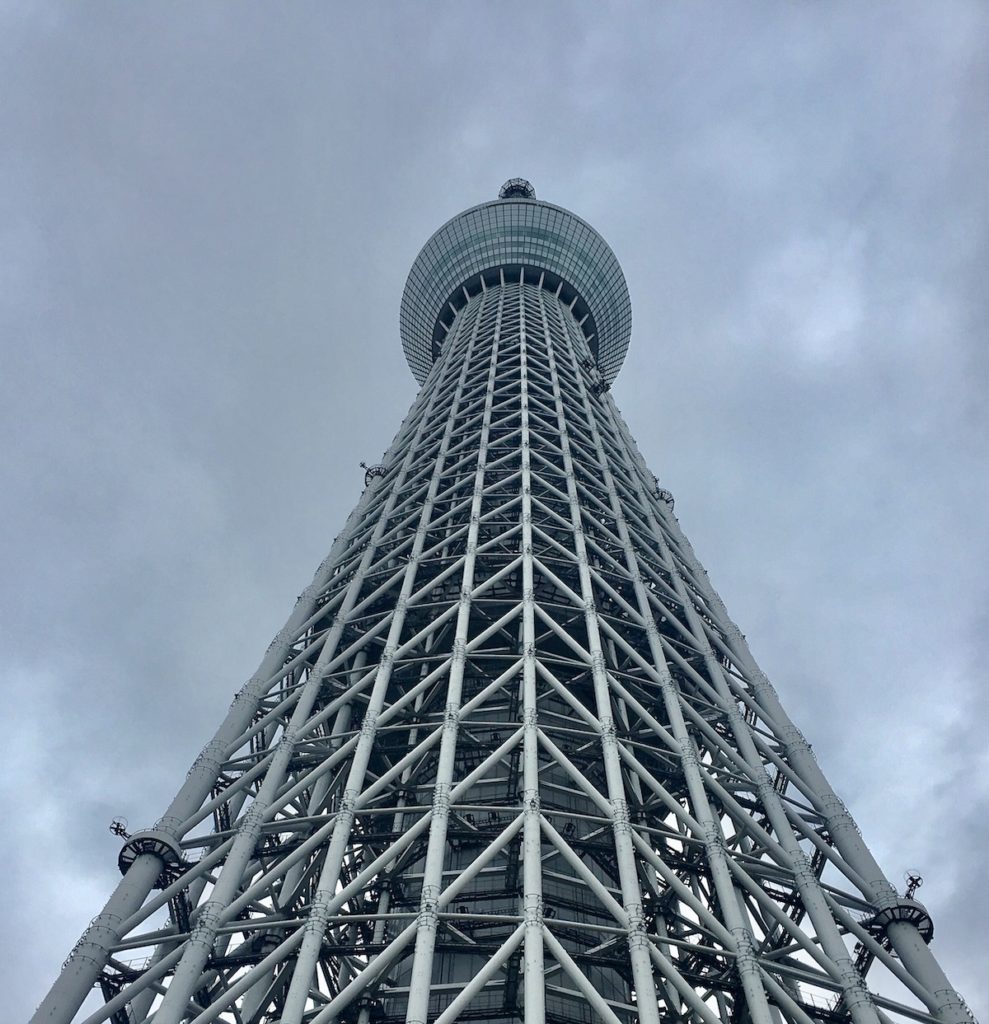
- Tokyo Sky Tree: 2nd tallest building in the world, need I say more? Yes! There is a restaurant up top, be sure to reserve in advance, it’s fine dining at an amazing height.
- Shibuya: lots of places to eat and shop. Also home of the Shibuya Crossing, one of the most famous places of Japan.
- Tokyo Tower (though better seen from a distance).
- Akihabara: the electronic and Otaku District. No shortage of anime, manga, or maid cafe’s.
- Ginza: known for it’s upscale shopping (think: the Rodeo Drive of Japan). It’s not all expensive, though, there are more affordable shops (like the 12-story Uniqlo).
- Tsukiji Market: up until 2018, the busiest fish market in the world. It has all now moved to Toyosu. That one is nice, but many restaurants remained here, and it still has the atmosphere of the old market.
- Events: by far some of the best things to do in this city are concerts/shows/festivals, anything you like!
Other Tips
- Tokyo Metro Card: If you plan to move a lot, this pass could save money. 24-hour (¥800), 48-hour (¥1,200), 72-hour (¥1,500)
- If you need to transfer to/from Narita and Haneda airports, use the Keisei Access Express. 90 min/1800 yen.
Kansai Region
Kyoto
The longest-reigning capital of Japan, a must visit.
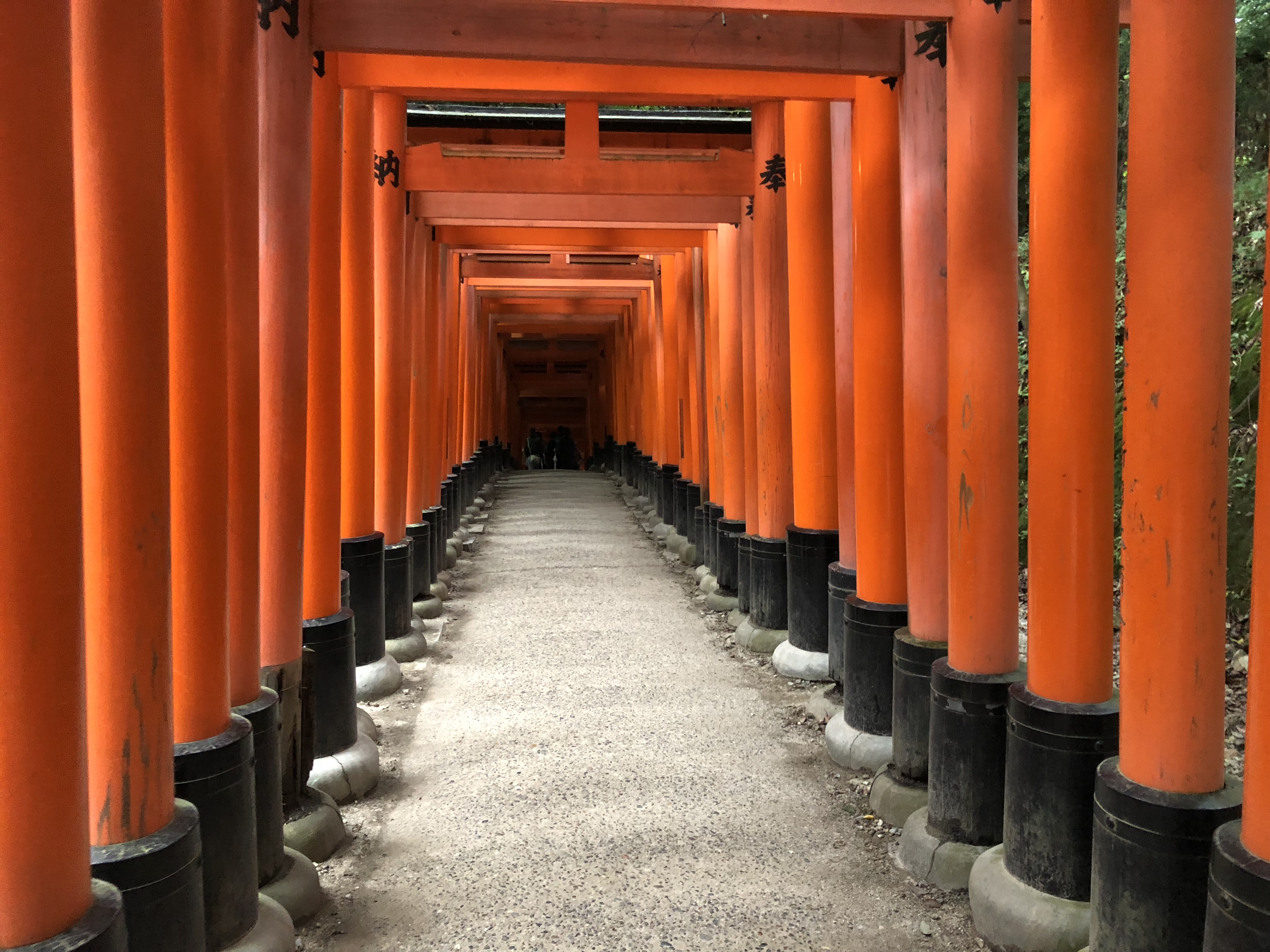
- Kiyomizudera temple.
- Pontocho. Some of the finest eating over the river. Short walk from Kiyomizudera.
- Fushimi Inari. Famous tori gates.
- Kyoto Imperial Palace
- Nishiki Market
- Arashiyama. Has so many things to do: bamboo grove, shrines, the monkey park, food, treats, small gifts, a great place to go.
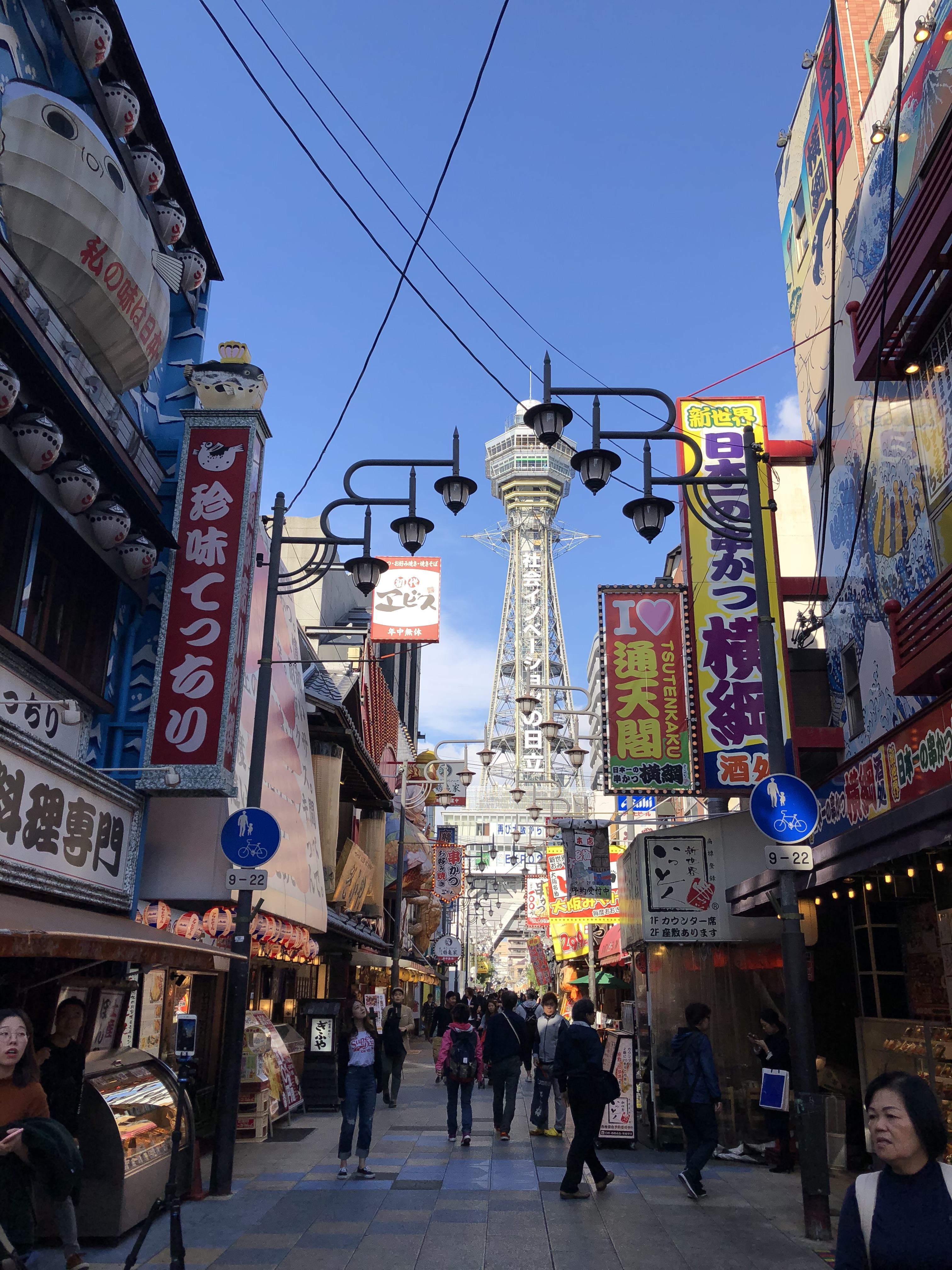
Osaka
- Osaka Castle
- Cosmo Tower. Amazing view of the bay and Osaka.
- Minami (Namba). Most recognizable, you must go at night and see the lights for yourself.
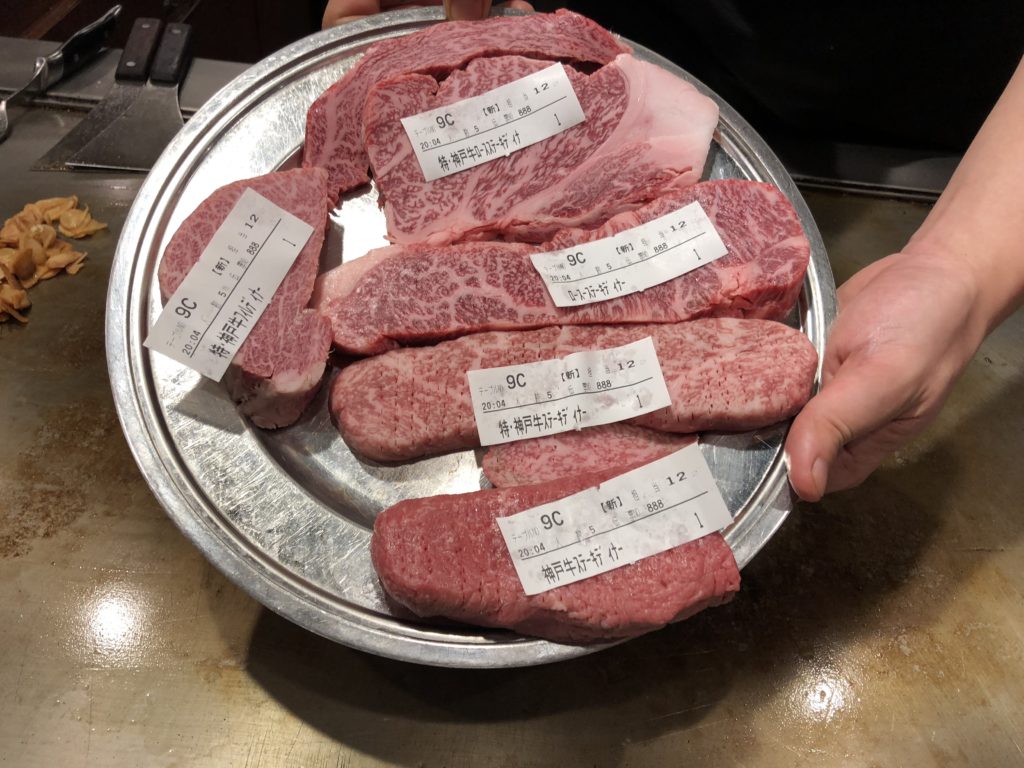
Kobe
- Kobe beef, of course!
- Kobe Bay is really beautiful as well.
Nara
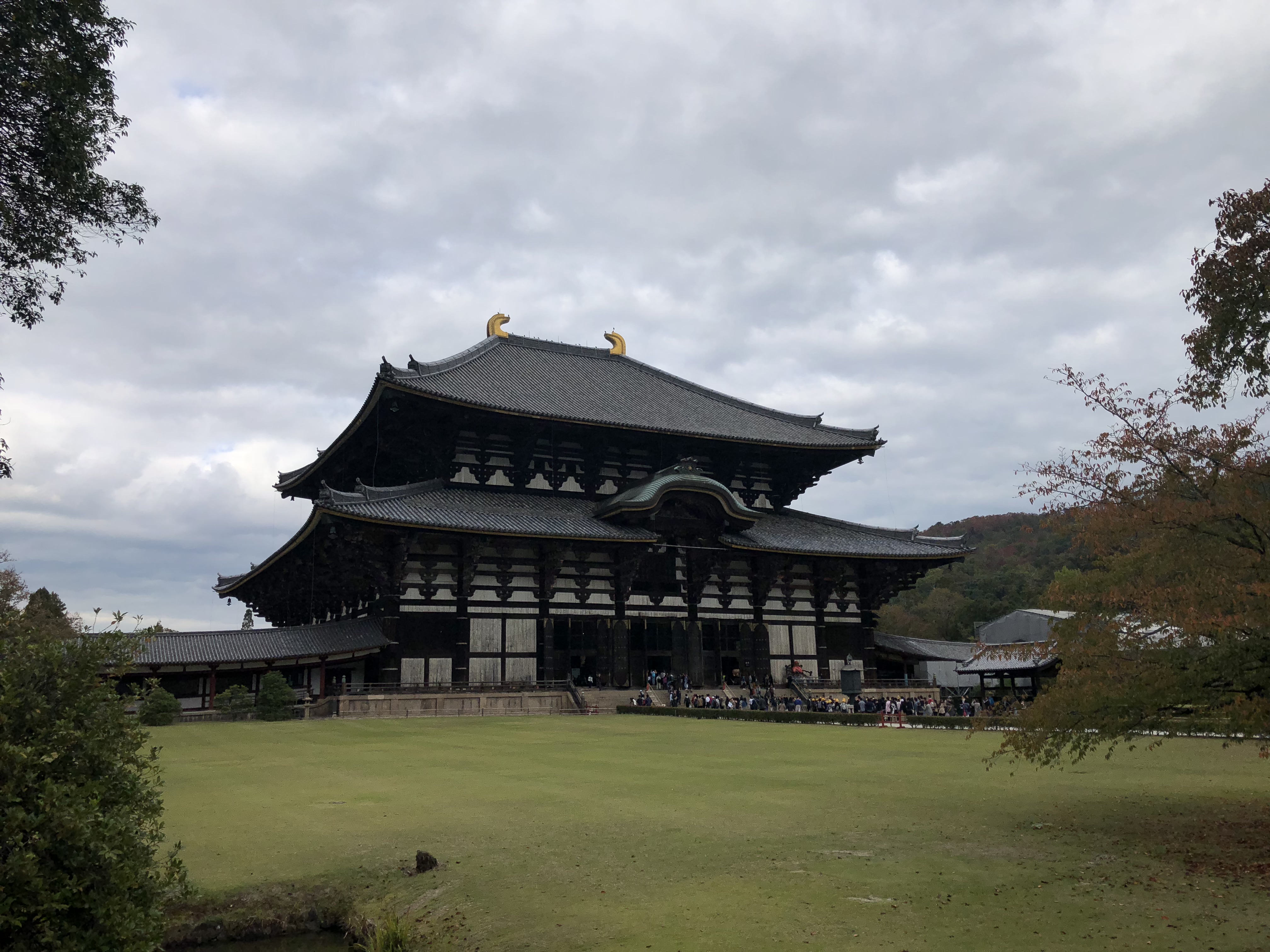
- First capital of Japan, has temples that go back to the 6th century.
- Tons of deer.
The best thing about these cities is that they are so close together, a good way to see them all (And save) may be to stay in 1 city, and move from there.
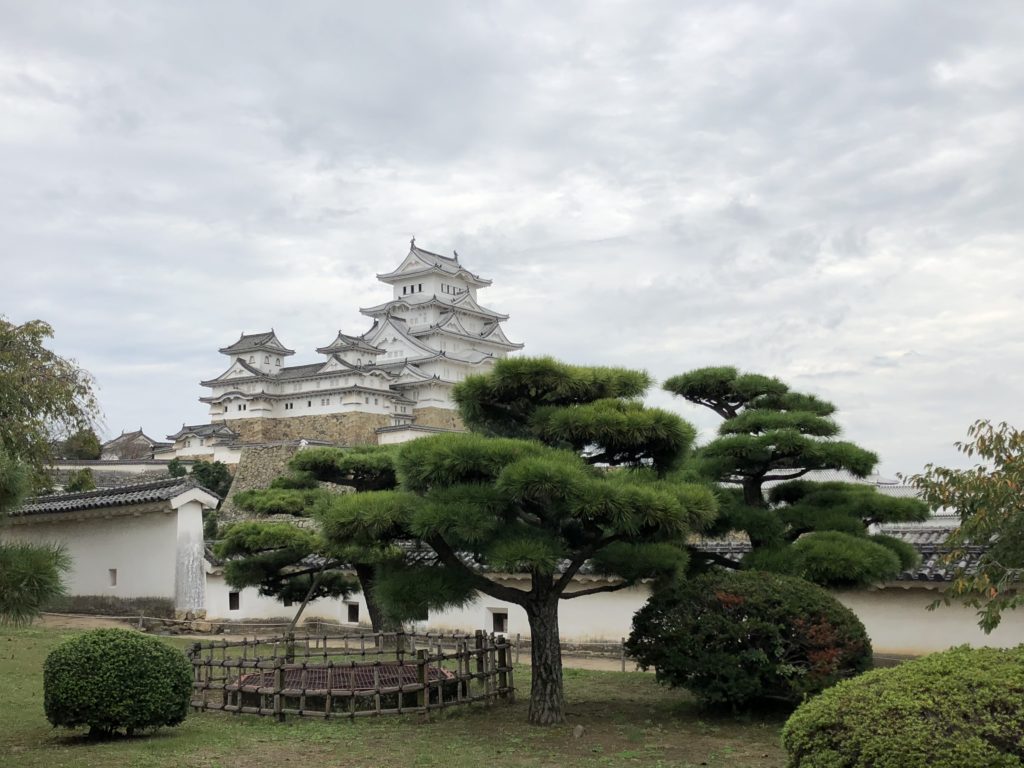
Himeji
Located between the Kansai region and Hiroshima, it is in an excellent place to stop mid-way. The castle and the garden next to it are must-sees.
Hiroshima
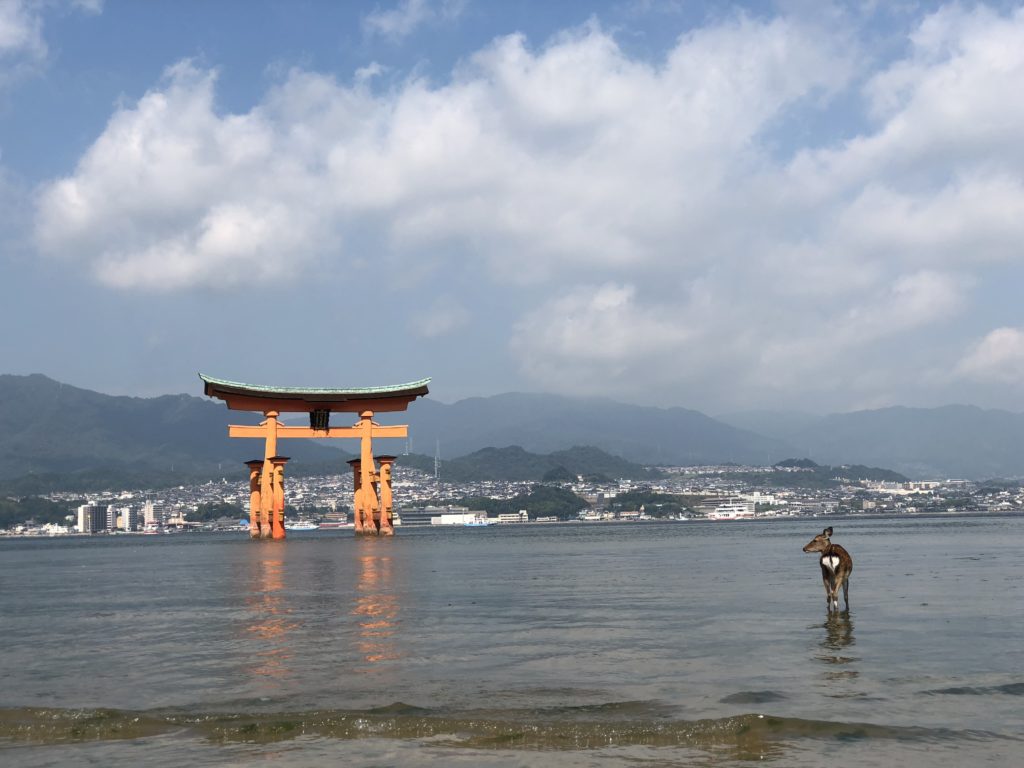
- Museum: Of course, you cannot miss the museum, its very thought-provoking, they do not hold back on any details, they show how truly awful it was.
- Miyajima Island is very beautiful, it has lots of deer just wandering around. At the base is a small town, with lots of shops. At the top is an amazing view, with some paths going to a shrine (go with time, as the cable car closed at 5, and it takes over an hour of walking).
- Hiroshima Castle: has a great view of the city and the mountains at the top, and a good museum inside.
- Okonomiyaki (Hiroshima style): local food specialty
Nagoya
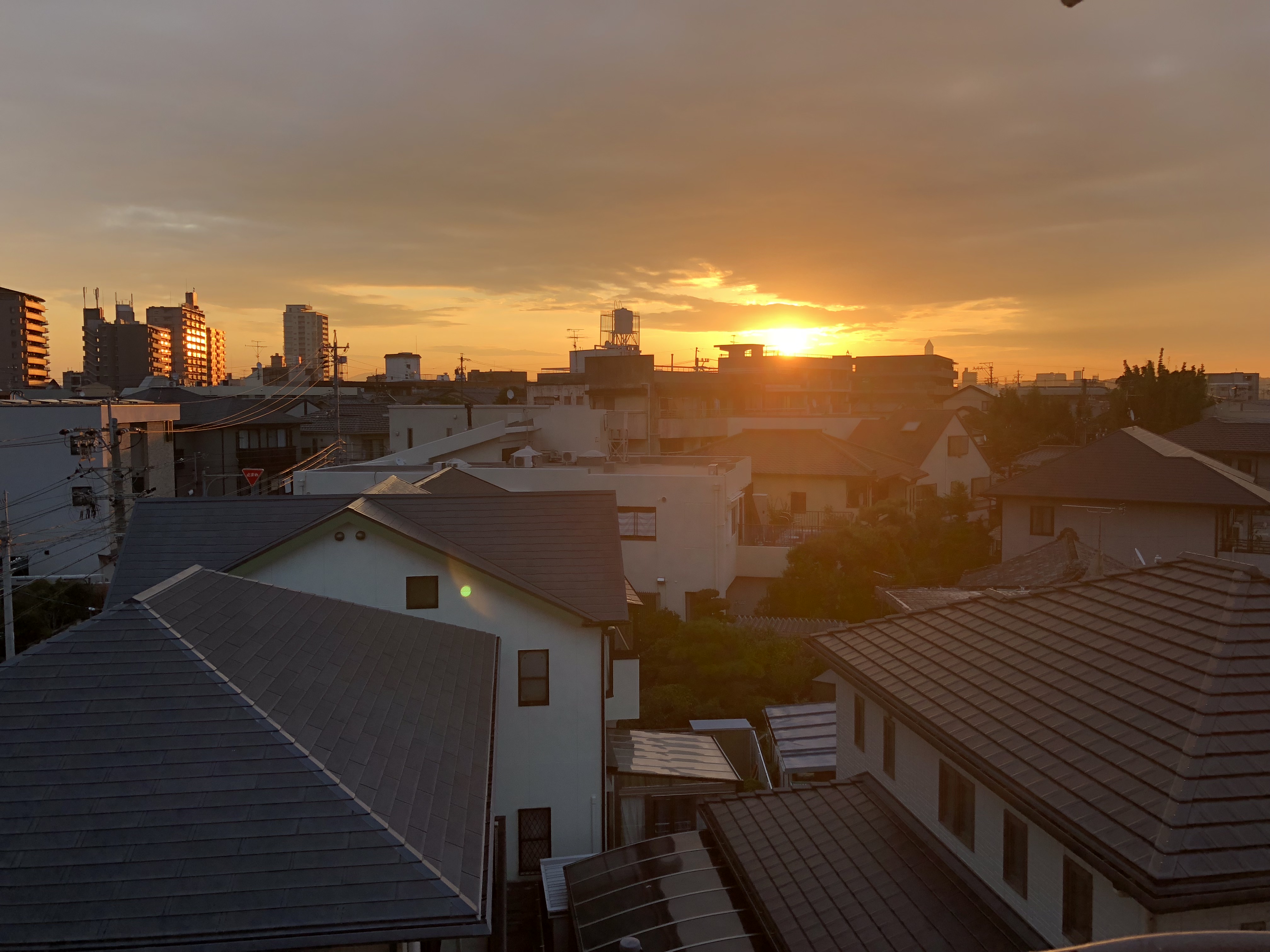
Located between the Kansai region and Tokyo, another great place for a stop.
The food here is some of the best in Japan. 2 things that must be tried at least once are the Miso-katsu at any Misokatsu Yabaton, and the Hitsumabushi, best eaten at the Atsuta Horaiken (be early, reservations are on an arrival basis, and they go fast).
A great thing about this city is that it’s the closest “big city” to Suzuka, where they hold the annual Formula 1 Grand Prix in October.
Fuji Fives Lakes
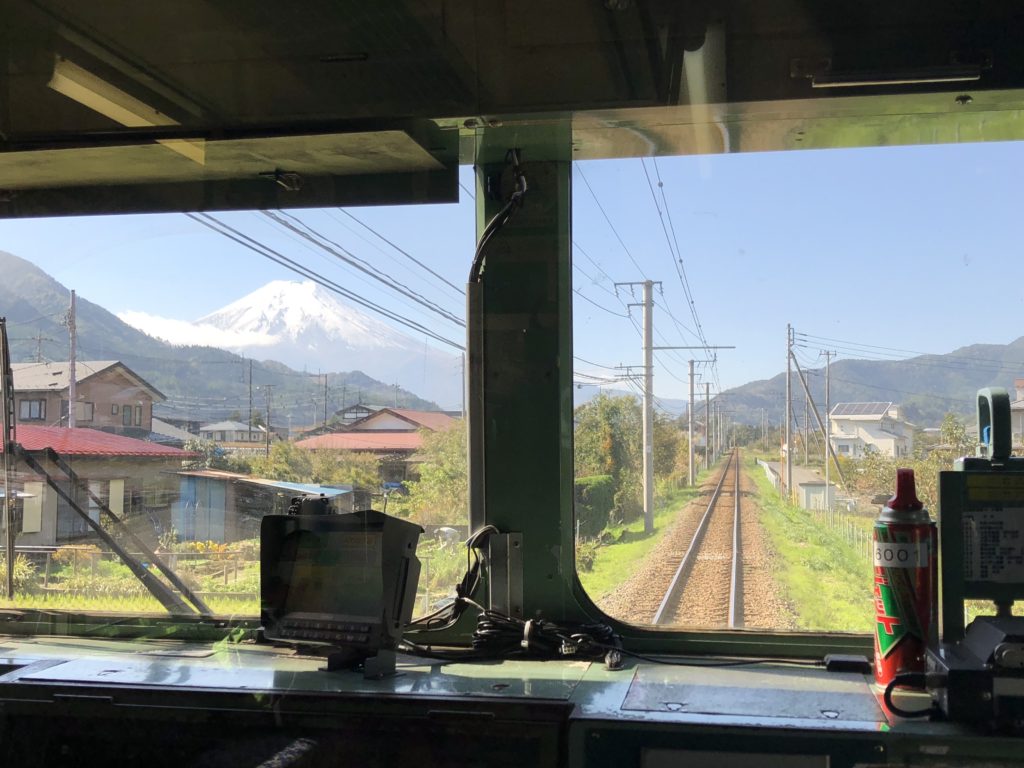
Around 1 hour away from Tokyo is Fuji Five Lakes, with great views of Mount Fuji.
- Take note that it’s very difficult to see the mountain. In Summer it’s basically impossible (but it is the only time it can be climbed), best time is Winter, very early in the morning.
- Temples and Onsen provide relaxation.
- If your not into relaxing, go to Fuji-Q. Roller coasters galore.
BABYMETAL-Related Places To Visit
Map with these locations (and more) marked.
Tokyo:
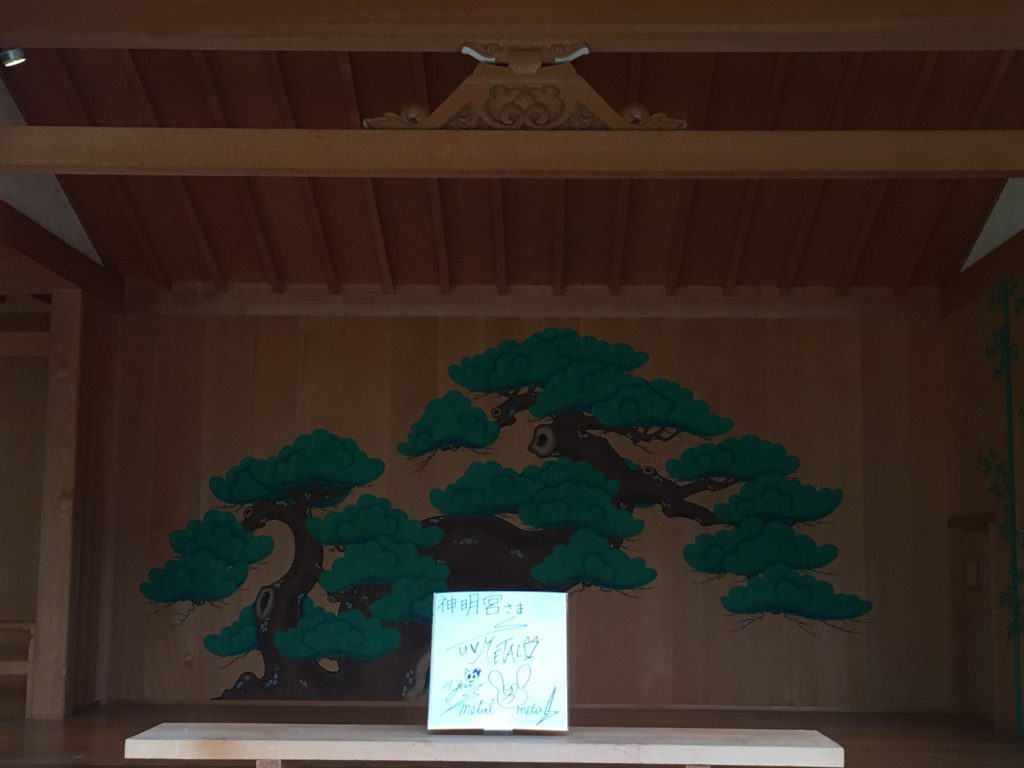
- Tower Records Shibuya and Shinjuku: Innumerable events held here. They have BM/SG CD’s, DVD’s, and magazines for sale.
- Trio Akihabara and Nakano: best places to get older merch.
- Asagaya Shinmeigu shrine: where they filmed the Megitsune music video.
- Fox God bar: BM-themed bar owned by a fan.
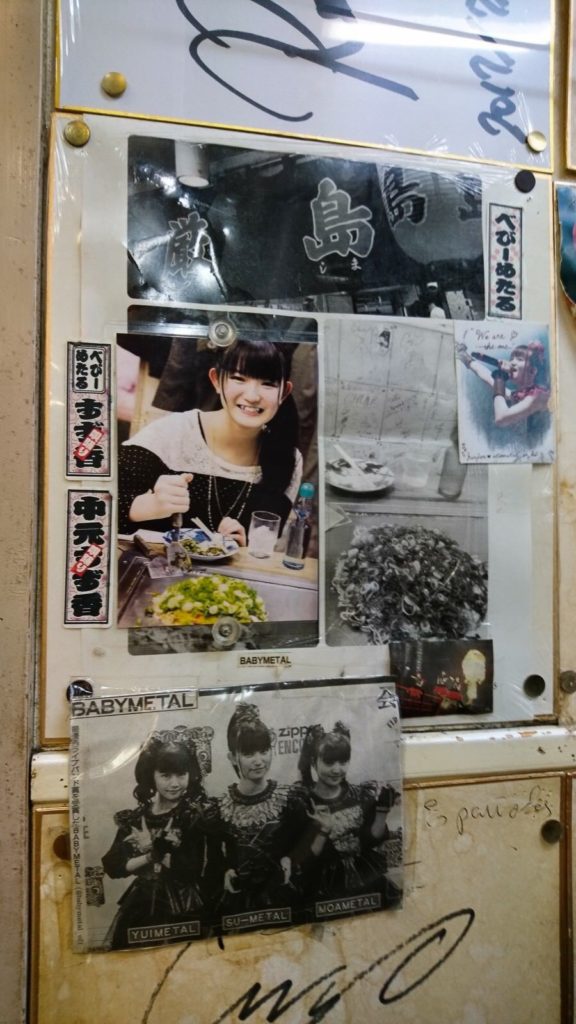
Hiroshima & Onomichi:
- Suzuka Photobook Pilgramage: innumerable amount of locations Su visited for her graduation photobook (and more).
Osaka:
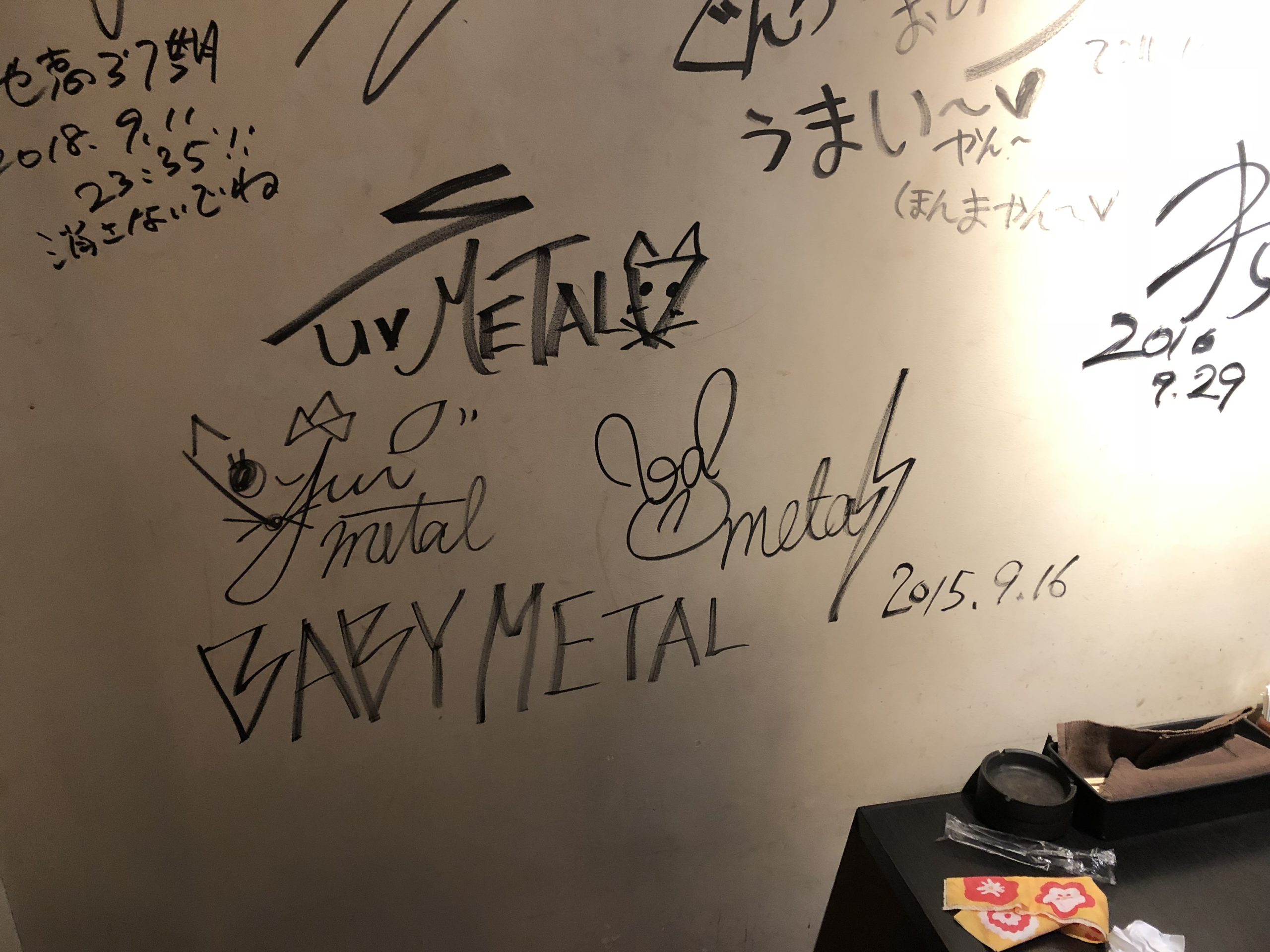
- Restaurant with signatures: the girls ate here after a show in 2015 and put their signatures on the wall.
- Dotombori: picture the girls took in front of the famous crab restaurant in Dotombori before their first event outside Tokyo.
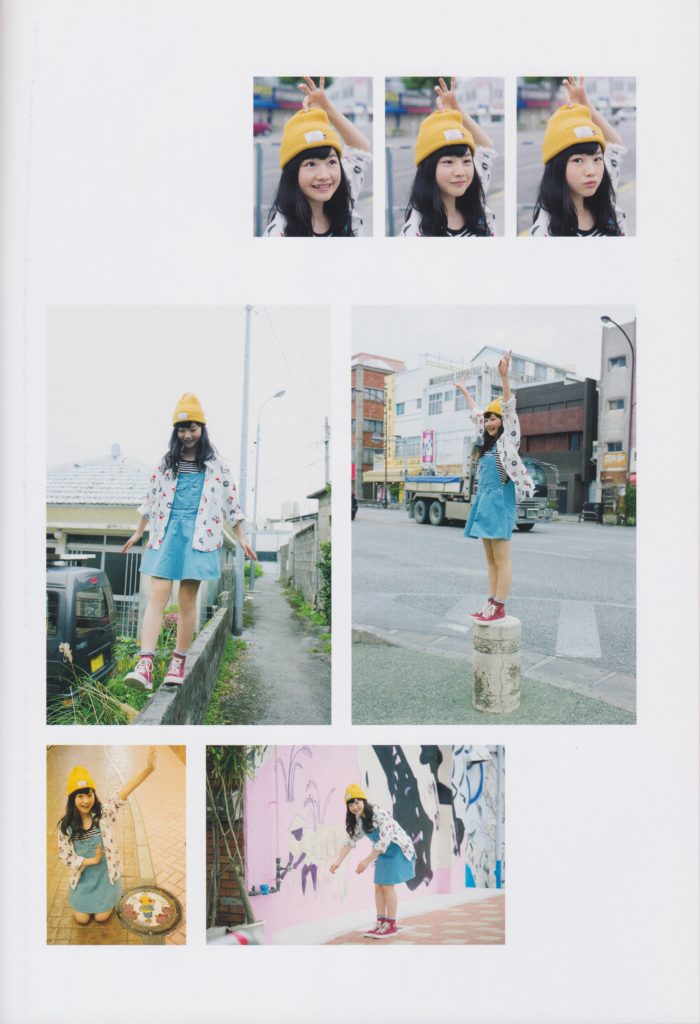
Okinawa:
- Yui and Moa Photobook Pilgrimage: Yui’s places are much easier than Moa’s, as her’s are in central Okinawa, meanwhile Moa’s are far away, and since they are fields, hard to know the exact locations.
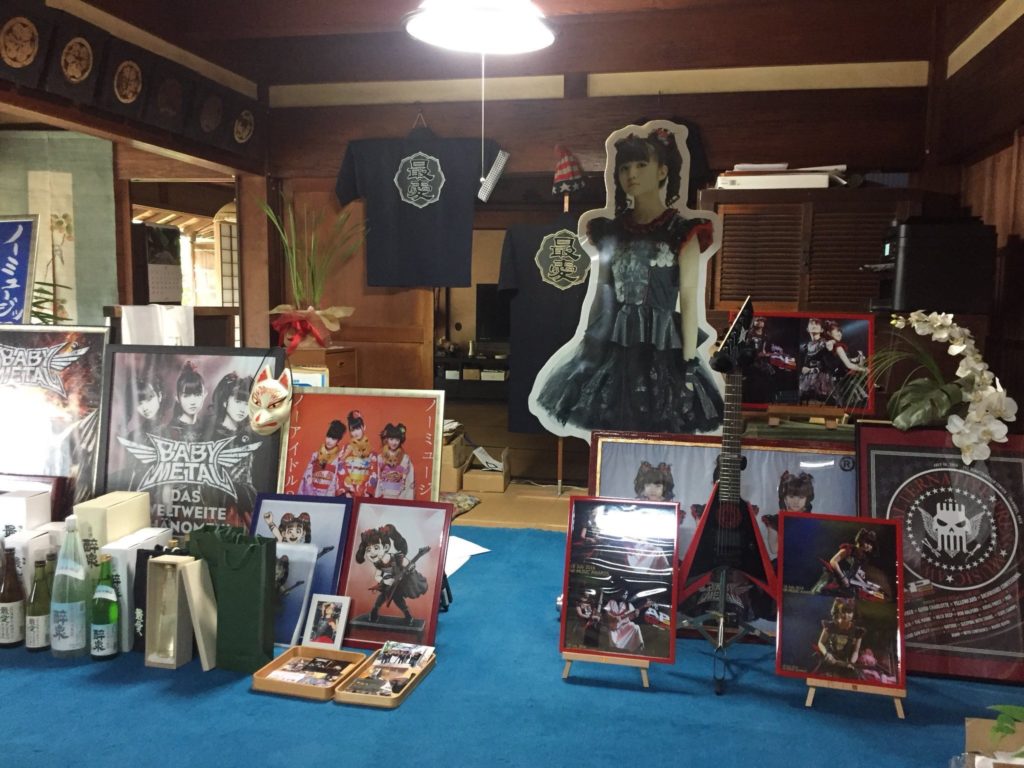
Nagoya:
If you are interested specifically in BABYMETAL tickets, check this guide.
Finally, and I cannot stress this enough: DO NOT OVERPLAN. Have a plan on what you want to do, but if you start having fun, or discover something new you want to do, DO IT! Take it easy, walk around, explore, don’t worry about not being able to do something, as there is so much to do, just have fun and enjoy this beautiful country.